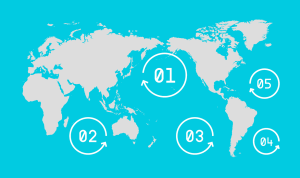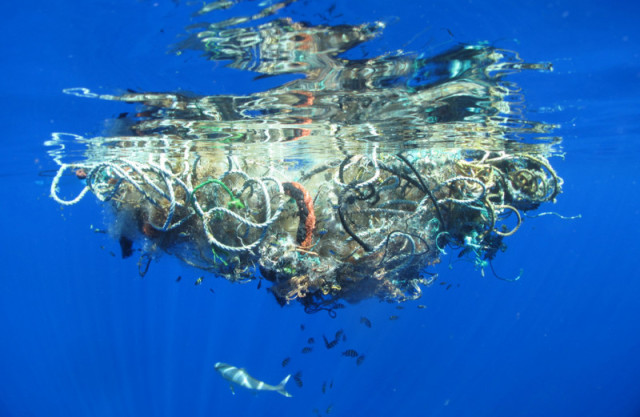 About 8 million tons of plastic enters the ocean each year (Jambeck et al., 2015). Part of this accumulates in 5 areas where currents converge: the gyres. At least 5.25 trillion pieces of plastic are currently in the oceans (Eriksen et al., 2014), a third of which is concentrated in the infamous Great Pacific Garbage Patch (Cózar et al., 2014).
About 8 million tons of plastic enters the ocean each year (Jambeck et al., 2015). Part of this accumulates in 5 areas where currents converge: the gyres. At least 5.25 trillion pieces of plastic are currently in the oceans (Eriksen et al., 2014), a third of which is concentrated in the infamous Great Pacific Garbage Patch (Cózar et al., 2014).
This plastic pollution continues to do the following damage in the ages to come:
ENVIRONMENT
At least one million seabirds, and one-hundred thousand marine mammals die each year due to plastic pollution (Laist, 1997). The survival of at least 100+ species (Gall et al., 2015), including the Hawaiian Monk Seal and Loggerhead Turtle, could be jeopardized by plastic debris (Derraik, 2002). Plastic pollution is furthermore a carrier of invasive species, threatening native ecosystems (Barnes, 2005).
ECONOMY
Globally, plastic pollution causes at least US $13 billion each year to industries that include fishing, shipping, tourism and the cleaning of coastlines (UNEP 2014). The US West Coast spends approximately US $500 million each year to clean up their beaches. The costs of removing debris from beaches is on average US $1,500, and up to US $25,000 per ton (APEC 2009).
HEALTH
Toxic chemicals (including PCBs and DDTs) are adsorbed by the plastic, increasing the concentration a million times (Mato et al., 2001). After entering the food chain, these persistent organic pollutants bio-accumulate in the food chain, resulting in an even higher concentration of pollutants inside fish (Tanaka et al., 2013), including ones consumed by humans. Health effects linked to these chemicals are: cancer, malformation and impaired reproductive ability (Takada, oceanhealthindex.org).
THE SOLUTION
The concept for the Ocean Cleanup project was conceived by Dutch entrepreneur and inventor Boyan Slat and announced in 2013. Slat realized that the movement of the oceans could be harnessed in order to direct floating plastic waste into the arms of a static collection system.
The Ocean Cleanup’s research into the feasibility of its concept indicates that using a single 100 km cleanup array, deployed for 10 years, will passively remove 42% of the great pacific garbage patch.
After the positive feasibility study, a successful crowdfunding campaign and being named a category winner in the 2015 Designs of the Year awards, the Ocean Cleanup project recently set out to gather research in the Pacific. A fleet of 30 vessels, including a 171 ft (52 m) mothership, took part in the month-long voyage, or Mega Expedition, the primary goal of which was to determine just how much plastic is actually floating in the Great Pacific Garbage Patch.
According to the Ocean Cleanup project, this was the largest ocean research expedition in history. A series of measurement techniques were employed to sample the concentration of plastic in the area, including trawls and aerial surveys. It is also said to have been the first time that large pieces of plastic, such as ghost nets and Japanese tsunami debris, have been quantified.
More information: The Ocean Cleanup
